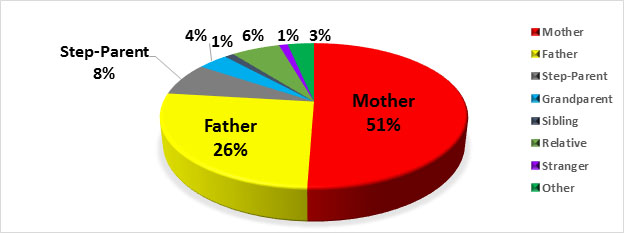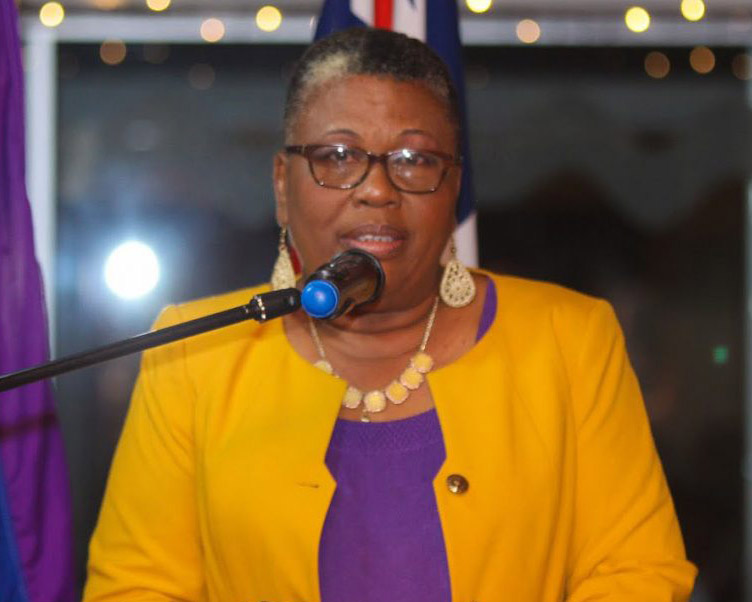The Childcare and Protection Agency (CPA) has received over 2,700 abuse reports between January and October this year and biological and step parents were found to be the perpetrators in 85% of cases.
Speaking at the CPA’s annual staff conference, which was held virtually on Thursday, CPA Director Ann Greene said that of the 2,761 reports received and investigated, the agency found that mothers were the perpetrators in 51% of the cases, fathers in 26%, and step-parents in 8%. Grandparents, siblings, relatives, strangers and other were the perpetrators in the remainder of cases.
Neglect was the highest form of abuse reported, followed by sexual abuse, while Region One recorded the highest incidence rate for all categories of child abuse, with 17.8 per 1,000 children, followed by Region Seven with 15.2 per 1,000 children and Region 3 with 15.1 per 1,000 children.

“Already there are trends surfacing that highlight women and children are at greater risk of abuse and harm in the home at this time of the pandemic when they are out of public view … in lockdown situations with abusers. To think of a man setting fire to the house where his wife and two lovely young daughters are inside and burning them alive. I have not yet wrapped my head around that…. then to learn of the child that is fighting for her life in the hospital after being lashed on the head and tossed in the swamp reportedly by her mother. These are the latest of the number of horror stories that gripped our attention during the year,” Greene was quoted as saying, while referencing recent cases.
The statement said the CPA found that the contributing factors for child abuse during COVID-19 were stress, anxiety, economic uncertainty, mental health and addiction, and according to Greene the agency and the ministry have recognised that increased services and assistance for children and families at the community level are needed and these are going to be reflected in the work programme for 2021.
Family-centred approach
According to Greene, the CPA will be concentrating on providing assistance to families by increasing services and social network support systems at the community level in 2021. One such strategy to effect positive changes is a family-centered and strength-based approach.
“This approach involves building positive partnerships with the family and identifying their strengths and build on it. It is based on the idea that all families are different and there is no right way to do things, so working in partnership with the family and assisting them in their culture patterns to make their own decisions,” Greene explained.
Also high on her agenda, the statement added, is the prevention of separation of children and to return children from children’s home and orphanages to their families if they can and if they cannot provide them with a family through the Adoption Service.
Meanwhile, the statement noted Greene applauded the agency’s social workers for their hard work despite the many challenges they have faced, including high caseloads. Describing them as the “unsung heroes” for children’s welfare, Greene pledged to “develop strategies to deal with these challenges”.
“Accordingly, we will be using new approaches to combat same in the new budget. We will be working towards reducing the caseloads by lobbying to get more key staff, by getting all the vacant positions filled and extending the Partnership Development Programme – getting more NGOs, CBOs, FBOs and other civil society groups and key service agencies to join forces with the ministry, ensuring there is enough services and supports available to meet the psychosocial needs of vulnerable children and families,” she added.





